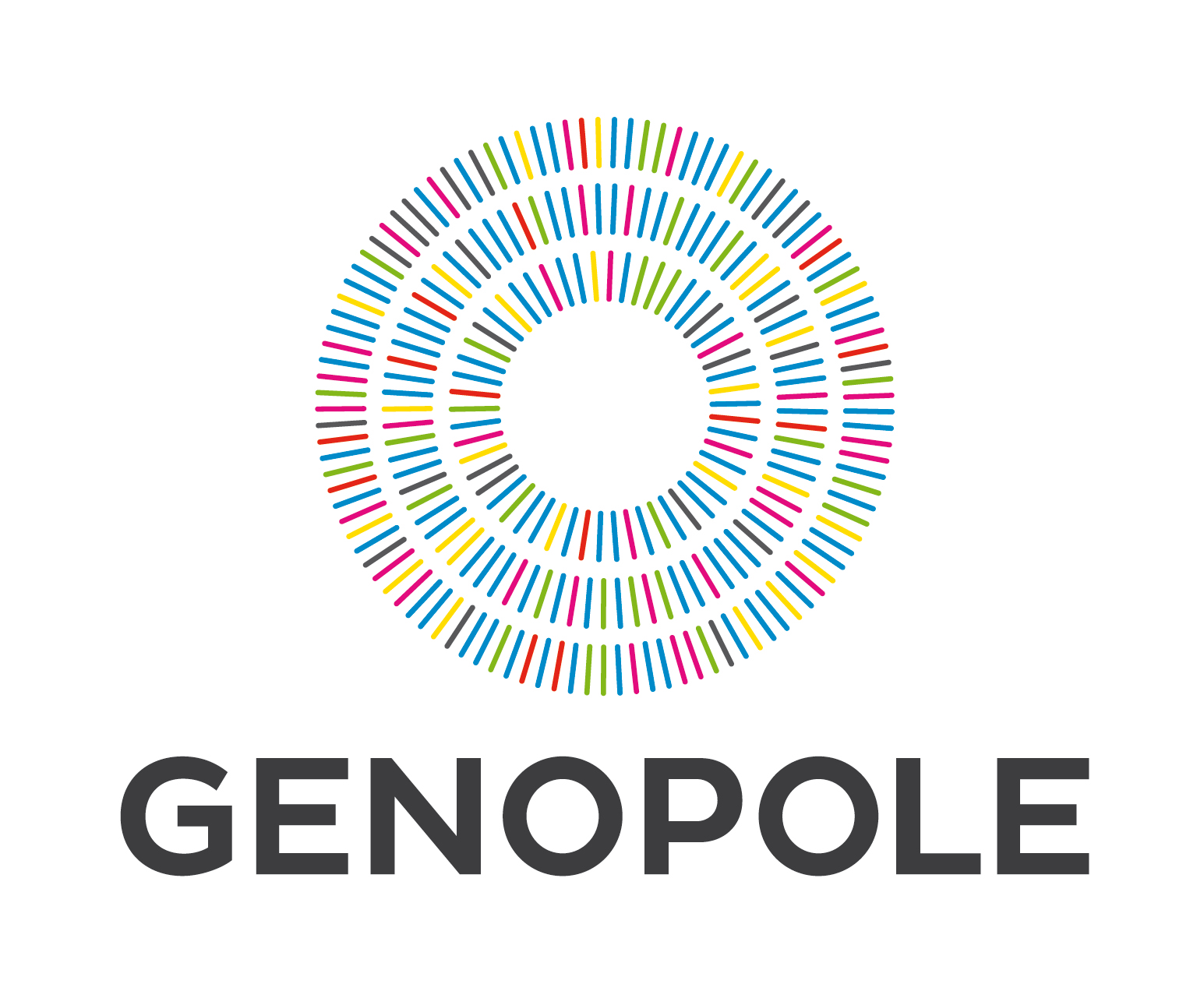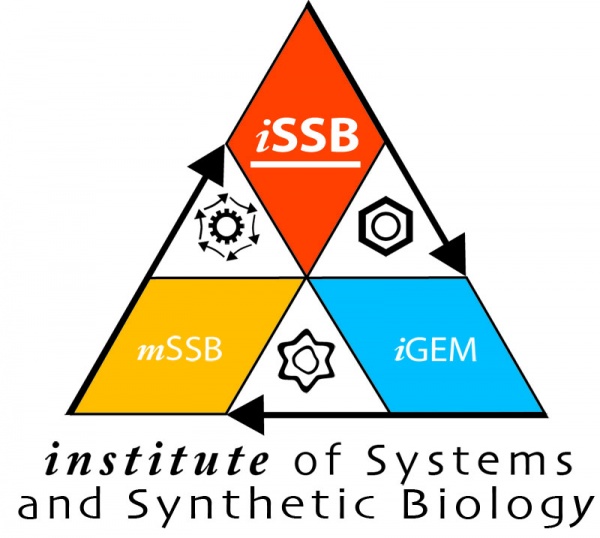Team:Evry/HumanPractice/Patients perceptions
From 2013.igem.org
Survey
Context and method
As we were working on a treatment which uses genetically engineered bacteria, we thought it absolutely necessary to consult hemochromatosis patients. Our survey was meant to give us an idea of how these patients feel about their disease, of what they could need, and if our treatment was an appropriate response.
We devised an online survey, and sent it to the French associations of patients which responded massively. France numbers 200 000 people with the mutation C282Y on HFE gene. However, the number of people who develop the symptoms of Hemochromatosis is low; the exact number of patients in France is unknown. French associations have about 2 500 patients altogether. We collected 270 answers in two months.
Thus our survey is significant and representative of the French hemochromatosis patients.
In addition, we consulted English speaking patients. We collected 185 answers. The results of this additional survey are analysed at the end.
Nonetheless, before presenting the results, we must highlight some of the methodological flaws of the survey.
The patients are members of an association, so they could be more aware of the medical and scientific aspects of their disease than average patients: in other words they are more likely to be expert patients. On the other hand, as hemochromatosis is a (rare) genetic disease, the difference between average patients and members of patients’ associations must be less important, because they all had to understand an unusual disease.
Most patients are not thalassemia patients so they can be treated by bloodletting.
Taking the advice of one of our advisors, we did not explicitly say that the bacteria was genetically modified (using the term "modified bacteria" instead) for fear the patients might reject our treatment owing to the strong distrust of GMOs in the French society. We tried to get a more neutral point of view. This obviously modified some of the responses: it may have reduced the fears and increased the will to test the treatment. It certainly makes the questions concerning the safety of the others and that of the environment unusable. Retrospectively this may have been a methodological mistake: we should have neutrally explained how we had changed the bacteria in order to get the informed point of view of the patients. Ideally, we should have carried out two parallel surveys, one using “modified bacteria”, the other using “genetically modified bacteria”, in order to assess whether the fear of GMOs plays a role in the patients’ feelings about the treatment. As we could not do so, we have to keep this uncertainty in mind.
General results
Some unsurprising results
In our survey, we exactly have 50% of female patients and 50% of male patients. The average age is about 52 years-old and we have a small sample of under 36 years-old. It's not surprising because hemochromatosis is a disease that is diagnosed very late. We have defined three different groups: the under 36 year-olds, the between 36-60 year-olds and the over 60 year-olds in order to emphasize the patient's vision on our treatment according to their age. We have also classified patients according to how long they have been diagnosed: less than 2 years, between 3 and 10 years and over 10 years.

In order to improve our models, we have checked if the patients watched their diet but the results are uniform; There are almost as many patients who are on a strict iron free diet as patients who eat whatever they want. The main symptoms observed in our survey are fatigue, joint aches and diabetes. We have noticed that more than half of the patients think that their treatment is constraining yet about three quarters of them find their treatment effective. For the general questions on hemochromatosis, the results obtained are generally identical to the previous survey..

Significant rates of “no opinion”
Concerning the questions about the bacterial treatment, a significant number of patients did not give any opinion. This shows their difficulty to answer in situation of uncertainty, and also their caution due to the lack of information they were given: the remarks the patients were free to formulate about our treatment express these feelings. Far from being a problem for our survey, this points out the seriousness and implication of the patients that have answered our survey. It also strengthens the clearly expressed opinions: we can think that they were cautiously given.
A paradox
The most obvious result of the survey is paradoxical: hemochromatosis patients are mostly satisfied with their present treatment even though they would like a complementary treatment.
75% of the patients find their treatment effective, 57% do not complain about major trouble due to their disease. Thus 76% declare to be rather or quite satisfied with their treatment. In parallel 38% of the patients would be ready to take part in the clinical testing phase of the bacterial treatment: knowing that 67% of them declare that they fear ingesting modified bacteria, they make up a high number of volunteers. Moreover 45% think that is no ordinary treatment (38% think it is). Last but not least, if it were authorized by a national agency, 56% of the patients would be willing to take this treatment (19% would not and 25% did not give any opinion).

The survey and the iGEM Iron Coli Project
Thus hemochromatosis patients do not objectively need a new treatment because bloodletting is efficient, moreover they fear modified bacteria. Nevertheless we found a strong support for our potential treatment. Explaining this paradox was difficult so the team was forced to think the strategy over.
The first hypothesis of the team was that hemochromatosis patients would be unsatisfied with a treatment by bloodletting. That is why we tried to create a biosynthetic treatment in the first place. Questioning specialists and presidents of patients’ associations, we found out that bloodletting was a satisfactory treatment. Knowing the collective mistrust of genetical modifications in France, we thought that the survey would show at least uninterested patients, and more probably a reject of our potential bacterial treatment. We were partially right, because, even if we did not explicitly say that our treatment was genetically engineered the patients expressed their fear. But we have also found out that they had a real interest in our treatment.
In-depth analysis
The results will be analysed according to two aspects: how old the patient is, then how long he has been diagnosed. Our hypothesis is that life styles, life expectancy and hemochromatosis experience have an influence on how the patients feel about an alternative treatment.
Age groups
We separated the patients into three age groups: the under 36 year-olds, the between 36 and 60 year-olds, and the over 60 year-olds.
The under 36 year-olds are young and thus will live with hemochromatosis for a long time. Moreover we suppose that they were diagnosed before the symptomatic phase of the disease thus have fewer health related problems and also maybe a lighter treatment.
Middle-aged people present a great variety of profiles: some already have a long experience of the disease and its treatment, others have just discovered it because they had entered the symptomatic phase and are still in the heavy first phase of the treatment, others still are in all the intermediate situations.
The over 60 year--olds are most likely patients who are used to the disease and to the treatment. If they are retired they have more time, which is essential because blood-letting takes time and requires rest. This probably induces a different point of view on the disease. These age groups are of course statistical, which means they cannot be homogeneous; they only help us to interpret our results.
We have noticed a clear difference in attitude concerning the clinical testing phase in the middle-aged patients. Unlike the other age groups, the patients willing to participate in the testing phase are more numerous than those who are not. It must be noted that the three age groups present almost the same significant number of “no opinion”. Thus the middle-aged present proportions exactly inverted.

One explanation would be that the patients under 36 do not want to take a risk even if they think that a bacterial treatment would be beneficial, and that the older patients do not see in it an improvement worth taking the risk. Moreover a clinical testing is rather binding. On the contrary, middle-aged patients may realize the advantage it would be to use both treatment strategies to improve their health.
The patients over 60 are also less interested in the bacterial treatment if it is authorized by the national agency for drug safety (ANSM). Only 40% of them are interested versus 60% in the other two groups. In the three groups, around 20% of the patients say they are not interested in the treatment. Thus the patients over 60 are more numerous to be doubtful or without opinion.
We may suppose that this group of patients really does not see a major interest in the treatment, because we observe that they are less afraid of the treatment than the other two groups. Indeed, the fear of a genetically engineered bacterial treatment decreases as the age of the patients increases (we must remain careful about this, because it can be due only to the fact that younger people understood more easily the implicit role of genetic modification).
This observation is particularly interesting, because it means that fear and interest in the treatment are not linked: the under 36 year-olds are the most worried about the risk, but they are also predominantly interested in taking the bacterial treatment.

Thus we can conclude that being worried about the risk is not decisive concerning the interest in the treatment, which is more likely linked to the potential improvement it may provide. It seems that people in age of employement are more aware of this potentiality. This can be explained by the side effects of bloodletting on time and energy.
Living with the treatment
We also separated the patients according to the time since their diagnosis: between 0 and 2 years since the diagnosis, between 3 and 10 years since the diagnosis, and over 10 years since the diagnosis. The first category of patients is characterized by the discovery of the disease, by the beginning of the treatment that can be very heavy, and by the necessity to learn to lie with all this. The third category of patients can be said to be used to the disease and the treatment. The intermediate category of patients is probably far more heterogeneous, and thus more difficult to interpret.
This categorisation makes very clear that the recently diagnosed patients are far more willing to participate to the clinical test phase than the others (more than 50% of them against around 30% for the two other categories). This can be partially explained by the fact that these recently diagnosed patients are also less satisfied or more doubtful about their treatment than the other categories of patients. But it does not explain everything, because they still are 60% to be satisfied with their treatment. Thus the difference could come from the fact that the recently diagnosed patients want to do everything they can to fight their disease. When they are used to it, patients seems to be less interested by an alternative treatment. This is confirmed by the fact that the longer the patients know their disease, the less they wish to take the bacterial treatment if it is allowed by the national agency for drug safety. The other results are almost the same from one category to the other.

A hope for substitution treatment
The survey confirmed an intuition: the more the patients are satisfied with bloodletting treatment, the less they are interested in another treatment. We can see an almost linear correlation between the satisfaction with bloodletting and the wish to take the bacterial treatment if allowed by the national agency for drug safety.
Keeping in mind that people unsatisfied with their treatment are far less numerous, we observe that they are far more willing to participate to the clinical testing phase. The patients who declare to be completely unsatisfied are unsurprisingly massively ready to test this treatment.

Complementary Survey
The complementary survey enables us to put our first survey in perspective. We collected 185 responses to this international survey; 155 of them came from the United Kingdom. This complementary survey is thus mainly representative of UK situation.
We must first highlight the fact that there is no major difference in the results of the two surveys, neither about the disease itself and bloodletting treatment, nor about our potential treatment. This is very clear in the remarks patients could do at the end of the questionnaire: in both surveys, many people expressed the will to know more about our modified bacteria before making their mind, some encouraged us, some were very doubtful.
Thus, the first result of this complementary survey is the confirmation of the results of the first one. Hemochromatosis patients are mostly satisfied with their current treatment, but they are also rather interested in alternative or complementary treatments. Our global results are strengthen by the fact that patients were really careful when answering the survey: they understood quite well the degree of uncertainty, and that explains the number of “no opinion” about our treatment in both surveys. So the validity of the opinions expressed is rather good.
Of course, the most interesting in this complementary survey are the differences. Firstly, about the sociological profile of patients: the average age of patients in the international survey is 58,8 years (52 years for French patients), and the average age when the disease was diagnosed is 52,8 years (44,3 years for French patients). The French patients are 6,8 years younger, and they are diagnosed 8,5 years sooner. Is it due to a difference between the medical systems? Or to different medical habits?
Globally the French patients assess less importance to the daily consequences of the disease than the patients in the international survey. This could be linked with the fact that they are younger and sooner diagnosed. In the other hand, French patients are more critical towards the effectivity of the treatment: they are 74% to judge it effective, against 88% of the international patients. There is no difference between the two surveys regarding the constraints and the disagreements, but at the end 17% of the French patients say that they are not satisfied with their treatment, when almost every patient of the international survey finds it satisfying.
The last (but not the least) notable difference is the attitude towards food: French patients are clearly less willing to change their food habits, but is it really surprising?

Concerning our treatment, the patients of the international survey appear to be slightly pore enthusiastic about our potential treatment. But we must remind ourselves that many did not answered these questions: patients remain careful and aware of the long way to go, but the perspective of a complementary treatment is positive.
When analysing the international results more in details, we do not observe significantly different opinions about our treatment according to the age of the patients. Under 60 years old, the patients are slightly more interested in the treatment, but in comparison with French results, this difference is reduced.
When sorting the opinions according to the time since diagnosis, we observe a strong discontinuity between those diagnosed more than 10 years ago and the other two categories. The two categories of patients who were diagnosed less than 10 years ago, are equally in favour of a bacterial treatment (almost 50% are ready to test it ; around 65% would take it if it was authorised), but the patients who were diagnosed more than 10 years ago, are clearly more doubtful (the proportions fall respectively to around 30% and 50%). This discontinuity exists also in the French survey, but it stands between patients who were diagnosed less than 2 years ago and the others. This is a major difference between the two surveys. There are two possible explanations: French patients get used to bloodletting more quickly, and/or, as French patients are less favourable to a bacterial treatment, it is more difficult for them to change their treatment. A third possible explanation is, that the patients in the international survey, who were diagnosed more than 10 years ago, are much older (cf. Sociological profiles) and then have already many pills to take each day and do not wish to add one more to their treatments, when they have not so many bloodletting per year.


Conclusion
We learned three important informations with our French survey.
Most patients are satisfied with bloodletting, and the more satisfied they are, the less they want another treatment. Despite this, they remain interested in a complementary treatment.
The most interested patients are the patients who would benefit the less from the bacterial treatment. Indeed this treatment would be most appropriate after the first phase of treatment, to help regulating iron absorption and diminishing the frequence of bloodletting. The bacterial treatment could even be less expensive than bloodeletting (cf Economy).
Last but not least, our survey shows that a bacterial treatment would be a real help for working patients, who often have difficulties to leave their job to go to bloodletting.
The international survey confirms most of our observations: the current treatment is effective and thus satisfying, but patients are interested in alternative or complementary treatments. It confirms also that French patients are more suspicious about a bacterial treatment.
 "
"













